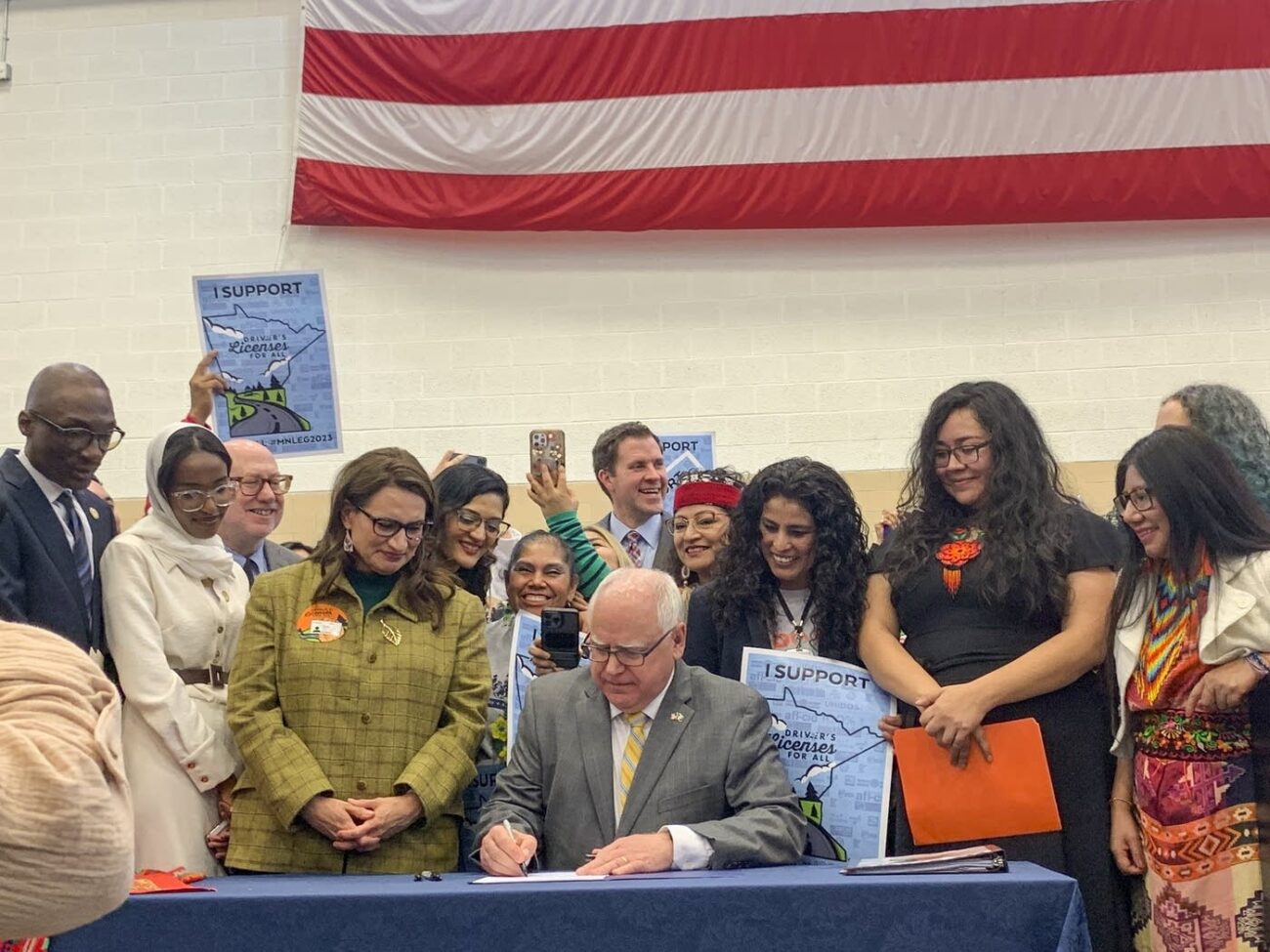A law that allows residents to obtain a standard state driver’s license or ID regardless of immigration status has intensified an already heated debate over election security: could broader access to state photo IDs be used — intentionally or accidentally — to register and even vote illegally? Supporters of the law say safeguards are in place; critics warn of loopholes that, they argue, create real risk. Reporting and official reviews show that noncitizen voting has occurred in isolated cases, but experts say such incidents remain rare — raising the central question for voters and officials alike: how big is the risk, and how should elections be defended?
Proponents of the licensing law say it improves road safety and brings immigrant residents into the system used by millions of other Minnesotans. They point out that applicants for the standard license must prove identity and state residency and pass the same written and road tests as everyone else. State officials and advocates also say the licensing agency does not use the process to register noncitizens to vote; citizenship is the separate legal requirement for voter eligibility. The state has repeatedly emphasized that separate safeguards are intended to prevent ineligible residents from being added to voter rolls.
Opponents draw a different line. They argue that issuing government photo IDs to people who are not citizens makes it easier for bad actors to obtain the documentation commonly used to satisfy voter-registration identity checks — and that the risk is not simply hypothetical. Election authorities across the country have on occasion found noncitizens on voter rolls or voting in elections; those discoveries are often cited by critics as evidence that identification alone is not a sufficient barrier. Recent state reviews and official statements show examples in which small numbers of noncitizens were found to have registered or cast ballots — incidents that prompted investigations and, in some cases, provisional-ballot procedures while eligibility was resolved.
How the pathway might work, in theory
- An individual obtains a standard state-issued photo ID using documents that the licensing office accepts to prove identity and residency.
- That person then attempts to register to vote, using the ID number or showing the photo ID as proof of identity. Voter-registration forms commonly ask for a driver’s license number; in many places that number speeds verification and automatic registration.
- If the applicant falsely attests to U.S. citizenship on the registration form, that false statement is a crime — but it can nevertheless produce a registered voter entry if it is not caught in verification checks or if clerical errors occur.
Officials say there are countermeasures: registration forms include citizenship attestations; election offices run database checks and cross-references; provisional ballots and follow-up verification procedures exist; and criminal penalties discourage intentional fraud. Yet critics note that administrative errors, mismatches in data systems, or lack of aggressive cross-checking can produce the very gaps bad actors could exploit.

